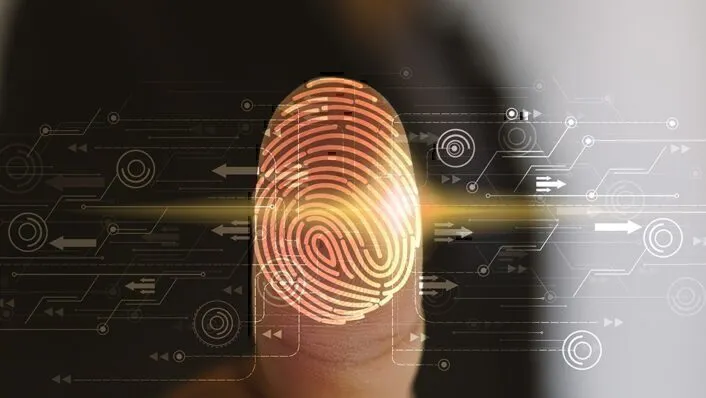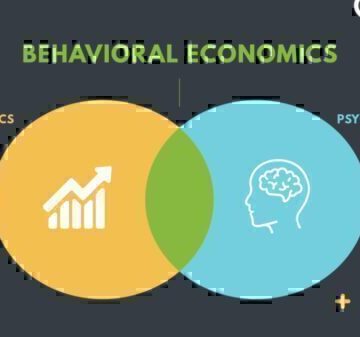ID theft tactics become more sophisticated with each passing year.
Some common ID theft tactics include “phishing emails,” account takeovers, fraudulent texting, and “social engineering” via social media accounts.
Protecting oneself involves staying vigilant, adopting strong security practices, and being cautious about sharing personal information online.
Regularly updating passwords, using two-factor authentication, and staying informed about the latest cybersecurity threats are essential steps in preventing identity theft.
Identity theft occurs when someone steals your personal information and uses it fraudulently for their own financial gain
While the tactics differ and become more sophisticated with each passing year, some common ID theft tactics include:
- Dumpster diving: When it comes to paper based ID theft, be wary for opportunities for people to rummage through trash looking for bills or other paper with your personal information on it.
- Skimming: Online thieves steal credit/debit card numbers by using a special storage device when processing your card.
- Phishing: Phishing emails often mimic legitimate communication from trusted sources, such as financial institutions, luring individuals into providing sensitive information. These emails may contain fake links or prompt users to enter personal details on fraudulent websites.
- Changing your address: Another tactic is for fraudsters to divert your billing statements to another location by completing a change of address form.
- Social Engineering: Prevalent on social media, fraudsters use psychological manipulation to exploit trust and gather confidential information. Techniques like impersonation, pretexting, and baiting are employed to deceive individuals into revealing sensitive details.
- Malware and Ransomware: Malicious software can be used to infect computers and mobile devices, allowing cybercriminals to access personal information. Ransomware may lock users out of their systems until a ransom is paid, posing a double threat to both data and finances.
- Data Breaches: Large-scale breaches occur when hackers gain unauthorized access to databases containing vast amounts of personal information. This stolen data can then be used for various identity theft purposes, putting individuals at risk.
- Man-in-the-Middle Attacks: In these attacks, cybercriminals intercept communication between two parties, gaining access to sensitive information such as login credentials or financial details. This can occur in public Wi-Fi networks or compromised online connections.
- Account Takeovers: Criminals may gain access to an individual’s online accounts by exploiting weak passwords or using stolen login credentials. Once inside, they can impersonate the account owner and potentially conduct fraudulent activities.
- Credential Stuffing: Cybercriminals use previously leaked usernames and passwords from one platform to gain unauthorized access to other accounts where individuals have reused the same credentials. This tactic capitalizes on the common practice of using identical login information across multiple sites.
- Pre-texting: They use false pretenses to obtain your personal information from financial institutions, telephone companies, and other sources.
The Results
Once ID your personal information is compromised, identity thieves use it in a variety of ways:
- Credit card fraud – They may open new credit card accounts in your name. When they use the cards and don’t pay the bills, the delinquent accounts appear on your credit report. They may change the billing address on your credit card so that you no longer receive bills, and then run up charges on your account. Because your bills are now sent to a different address, it may be some time before you realize there’s a problem.
- Phone or utilities fraud – They may open a new phone or wireless account in your name or run up charges on your existing account. They may use your name to get utility services like electricity, heating, or cable TV.
- Bank/finance fraud – They may create counterfeit checks using your name or account number. They may open a bank account in your name and write bad checks. They may clone your ATM or debit card and make electronic withdrawals in your name, draining your accounts. They may take out a loan in your name.
- Government documents fraud – They may get a driver’s license or official ID card issued in your name but with their picture. They may use your name and Social Security number to get government benefits. They may file a fraudulent tax return using your information.
- Other fraud – They may get a job using your Social Security number. They may rent a house or get medical services using your name. They may give your personal information to police during an arrest. If they don’t show up for their court date, a warrant for arrest is issued in your name.
Transform your finances with GreenPath’s expert support. Take charge of your money starting now.
800-550-1961877-337-3399Financial Health Starts with Financial Safety
As a trusted national nonprofit, GreenPath Financial Wellness understands the importance of keeping your finances in top shape – and that kicks off with financial safety, especially in the world of digital transactions.
Empowering ourselves against identity theft involves adopting proactive measures.
Regularly monitor bank statements, review credit reportsreview credit reports, and online accounts for any suspicious activity. Be cautious when sharing personal information online, especially on social media. Invest time in creating strong, unique passwords, and consider using password managers for added security.
Additional Safety Tips
- To prioritize your safety and protect your personal information, start by using reputable and secure online marketplaces and well-known retailers’ websites.
- Always ensure that the website’s URL begins with “https://” to guarantee a secure connection.
- Employ reliable antivirus and anti-malware software to shield your device from potential threats.
- When making payments, opt for secure methods like credit cards or trusted online payment services, avoiding direct bank transfers.
- Consider using virtual credit cards for an added layer of protection.
- Enable two-factor authentication whenever possible to fortify your account security.
- Stay vigilant against phishing attempts by verifying the legitimacy of emails, and refrain from clicking on suspicious links.
- Regularly monitor your financial statements and credit historycredit history for any unauthorized transactions.
In a world where our digital footprints leave traces of our lives everywhere, understanding the mechanisms behind identity theft is paramount. By staying informed and adopting vigilant habits, we can navigate the digital landscape with confidence, ensuring that our identities remain securely our own.
See more GreenPath resources about preventing identity theft. See more GreenPath resources about preventing identity theft.
GreenPath Financial Service
GreenPath, A Financial Resource
If you’re interested in building healthy financial habits, paying down debt, or saving for what matters most, take a look at these free financial tools.










